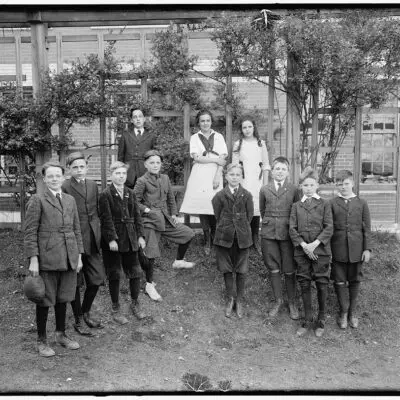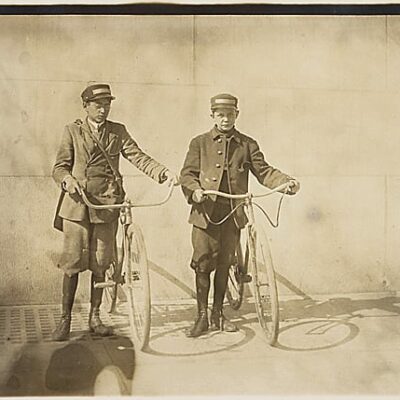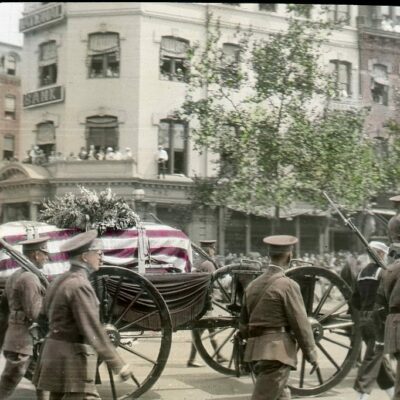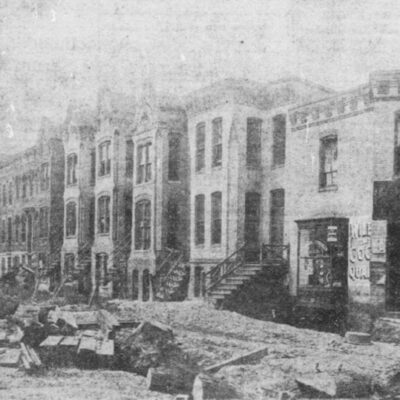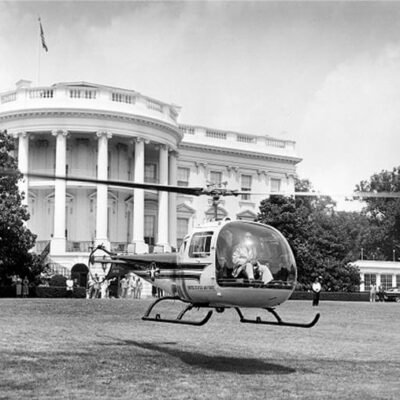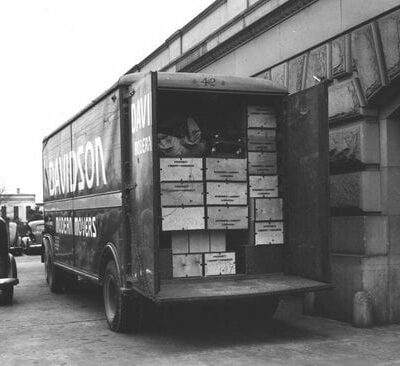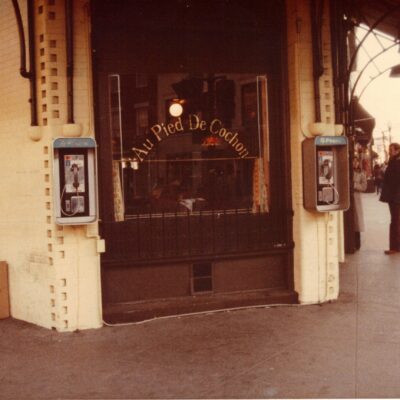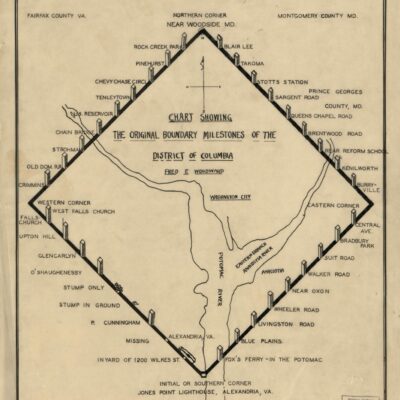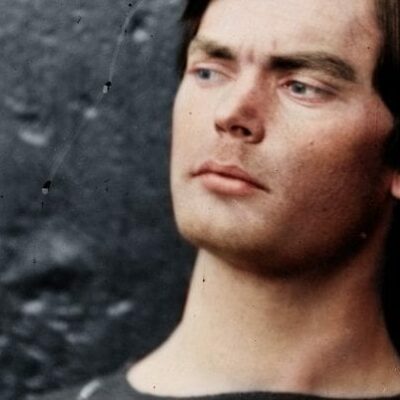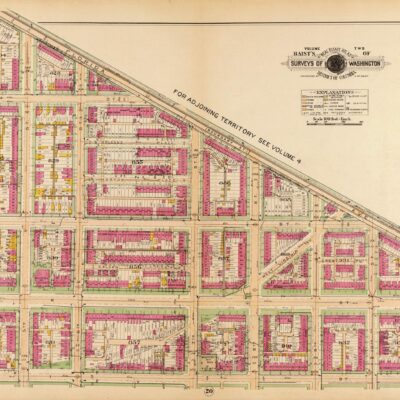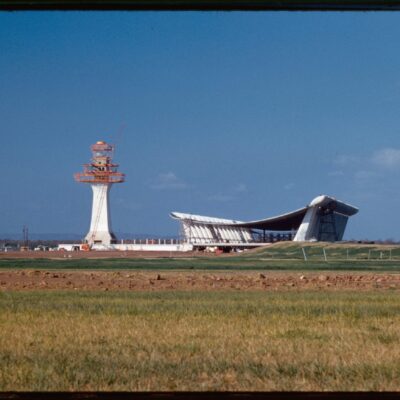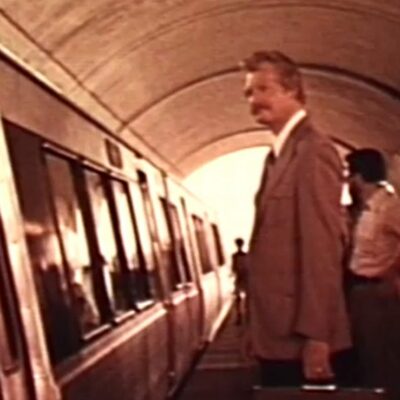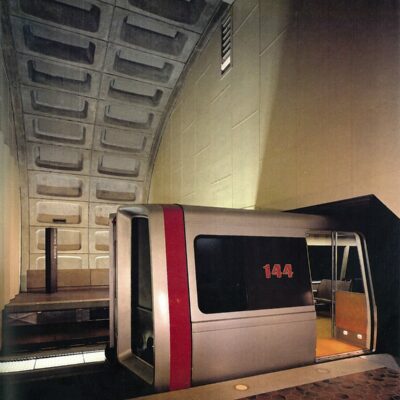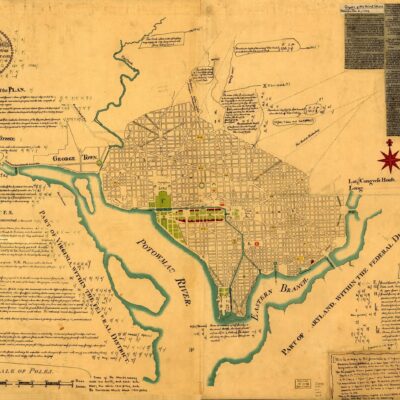
If you’re a history buff — and a presidential history buff — you’re well aware of the 1876 U.S. Presidential election. This is not a post about that. You can read up on the whole election on Wikipedia as well as the resulting “corrupt bargain,” the Compromise of 1877 — ending military occupation of the southern states (effectively ending Reconstruction) and installing the Republican, Rutherford B. Hayes, as the 19th President of the United States, defeating the Democratic candidate, Samuel Tilden.
This is a post about what was going on in Washington — as reported by the local newspaper, The National Republican — the morning of the election, Tuesday, November 7th, 1876.
On the front page of the paper, prominently figured was an election-related article (of course).
Twenty-four hours from the present writing the question will have been settled who is to be the President of the United States for four years from March 4, but during the interval between this time and that, when the result will be known, the American people will be in a state of excited expectancy. In order to give our readers all the means for calculation as to the probable result during this interim we present the “figuring” of different political authorities.
-ad 197-
It was a little bit past the following morning before America knew who the next White House occupant would be. The New York Times predicted a Hayes victory with 260 votes in the Electoral College and with a conservative, worst-case scenario putting him at 233 votes (185 were needed for victory).
The National Republican also (obviously) predicted a Hayes victory with a conservative 188 votes, with a very likely 35 more in the form of New York.
Enough about the election … what else was happening in Washington?
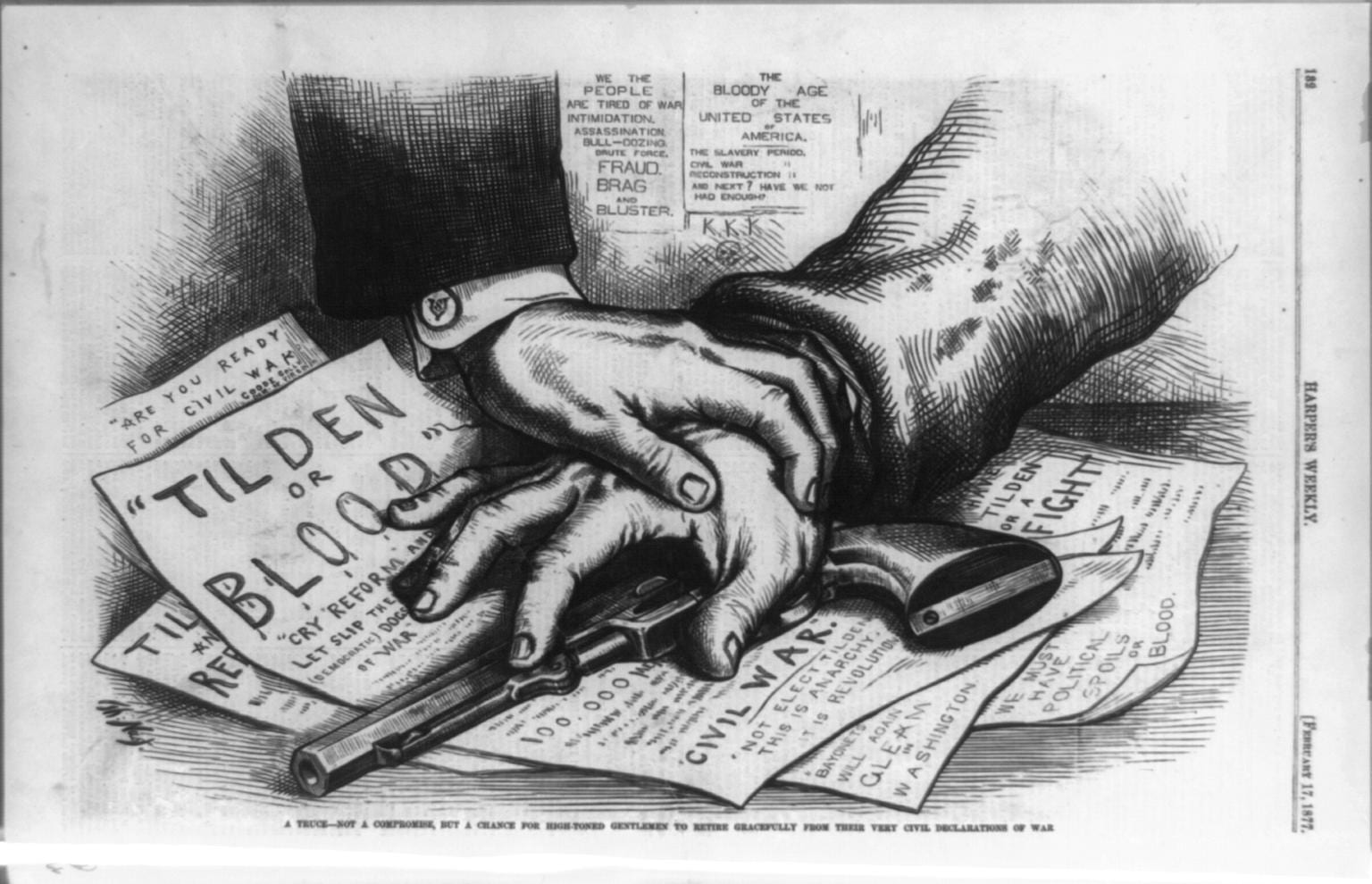
Beware the old South
William Gannaway Brownlow had some harsh remarks for the South, despite being a Tennessean.
EX-SENATOR BROWNLOW strongly and urgently asserts, in a letter to the Tribune, the danger existing to the country from the “solid South.” He says: “Let no man delude himself into the belif that the success of Samuel J. Tilden as the leader of the Democracy does not mean Southern supremacy. I was born in the South, and have spent my whole life, nearly three quarters of a century, among the Southern Democratic leaders, and I know that I understand them. I speak forth the words of truth and soberness when I say that they intend to accomplish through the ballot box what they failed to achieve on the bloody field.” He makes a strong appeal to the voters of the North to beware of the dangers of the day.
Harsh words from a southern man.
Shakespeare at the National Theatre
“King Henry IV” was produced at the National last night by a l
arge and good company. The inclement weather had the effect of moderating the attendance, but notwithstanding this discouraging circumstance the play was produced in splendid style. Mr. Ben. De Bar has a good conception of what Shakespeare intended in Sir John Falstaff. An old man, fattened with good living, with his blood thickened by deep notions of sack, he still affects a youthful fire, and his scanty and whitened locks, fat jowls and unwieldy body forms a striking and amusing contrast with his youthful vigor. The lecherous, gluttonous, boasting, prattling, wise bilber is glossed over with the graces of a courtier. Then Sir John has a quaint humor, which is irresistible. This is the picture that he draws of himself….
The other parts in the play are assumed by gentlemen with whom Washington people have had some acquaintance. Mr. Louis L. James assumes the role of Prince Hal gracefully and effectively. His auditors were reminded of his late bereavement by the sombre costume in which he appeared in the first act, and a scarf of black, which hung gracefully from his cap over his shoulders.
-ad 199-

Election returns
Okay, I said I was done with the election, but another interesting article on it appears on the second page of the National Republican.
In accordance with our usual custom, we have made the most complete arrangements practicable for the early receipt and display of the election returns to-night upon the Avenue front of the NATIONAL REPUBLICAN Building, by means of the sciopticon and the calcium light. The returns will be received by means of a Western Union telegraphic wire directly in this office, and at once displayed to the public by Professor Gardner, of photo graphic fame. Should the weather by propitious we expect to be able to make a more prompt, effective and successful display than ever before. It is needless for us to remind the readers of this journal that we have hitherto excelled all others in our efforts to place the earliest and most complete information of results of national elections at the disposal of the public, regardless of attendant expenses … It is nearly certain, therefore, that we shall be able to relieve the suspense and anxiety of all parties on the all-absorbing subject of the next Presidency by definite information before they sleep. In common with the large majority of our readers, we are full and strong in the faith that the successful candidates will be HAYES and WHEELER.
The promotion of cutting-edge technology on election night very much reminds me of CNN (i.e. remember the ’08 Will.I.Am hologram? #GIMMICK)
The best part is below, predicting outcomes based upon the weather.
CLEAR weather and a fair, square chance is all that Hayes and Wheeler require t-day.
The roughs and rowdies will vote to-day, “rain or shine.” Hence the Democratic advantage in the event of rain/
MUDDY, rainy weather, damp, unpropitious, unforboding and dispiriting atmospheric surroundings will aid Tilden and Hendricks to-day.
ONE of the most egregious errors made by the Opposition is a reliance upon Wisconsin for Tilden and Hendricks. The Republican of that State do not “dig potatoes” in the Centennial year.
EVERY good man, woman and child in the country will work for Hayes and Wheeler to-day; even these in the District of Columbia, where they have no votes, will pray for Republican success.
For rent …
This is pretty cool. There was an election happening, but people still needed to find a place to live.
Take a look at the rental market back in 1876. Each dollar back then would be worth about $20 today (for easy math), so $50 in rent then would be about $1,000 today.
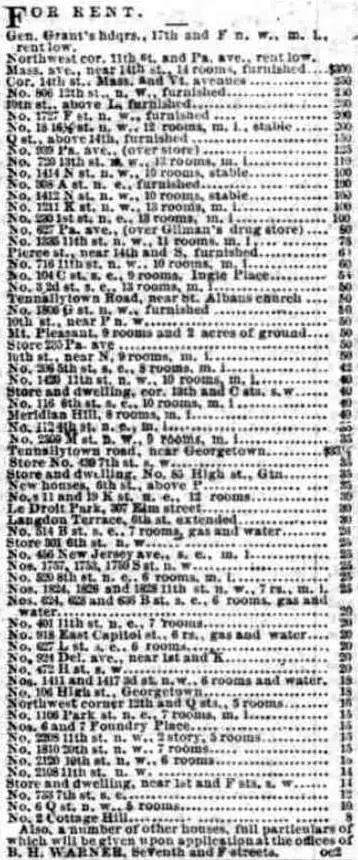
You could live at 6th and Pennsylvania back then for $50 ($1,000 today) not bad. Massachusetts Avenue at 14th St. is super pricey at $300 ($6,000 today). I need to find a photo of that building. I imagine it was pretty nice.
Here’s another interesting one. This is an advertisement to sell 317 C St. SE on Capitol Hill. Current records on Zillow indicate this house was built in 1880, but the description from 1876 appears to match what the house is today — three stories and a basement. The price of $5,000 then ($100,000 today) is just a notch below Zillow’s $996,400 (as of May 15th, 2012). If you know the residents, this would be an excellent thing to share with them.

Take a look at the house today.

Here’s another great house I found for sale or rent. This one is at 1434 Q St. NW (it’s possible that it says 1414 Q). It was (and is) an impressive home with 17 rooms. Zillow pegs this home at $1.5 million today. It also lists it being built in 1880, but this advertisement is from 1876.

Below is the Google Street View image of the home today. I’m sure you’ve walking by this home several times en route to Pearl Dive Oyster Palace.
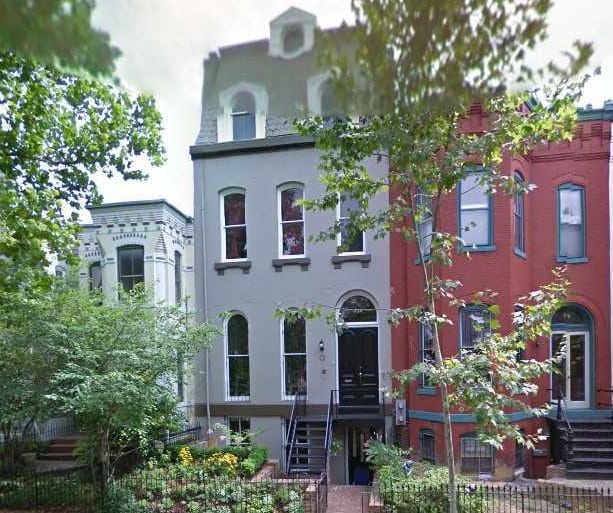
Mathew Brady at the National Portrait Gallery
This is a pretty big deal. Mathew Brady had returned to Washington and reopened his gallery to the public, including personally engaging with those that visited. If you don’t know Brady, he was the most prominent Civil War-era photographer, taking incredible photos of Lincoln, Sherman, and the Grand Review of the Armies in Washington just 12 years earlier.

